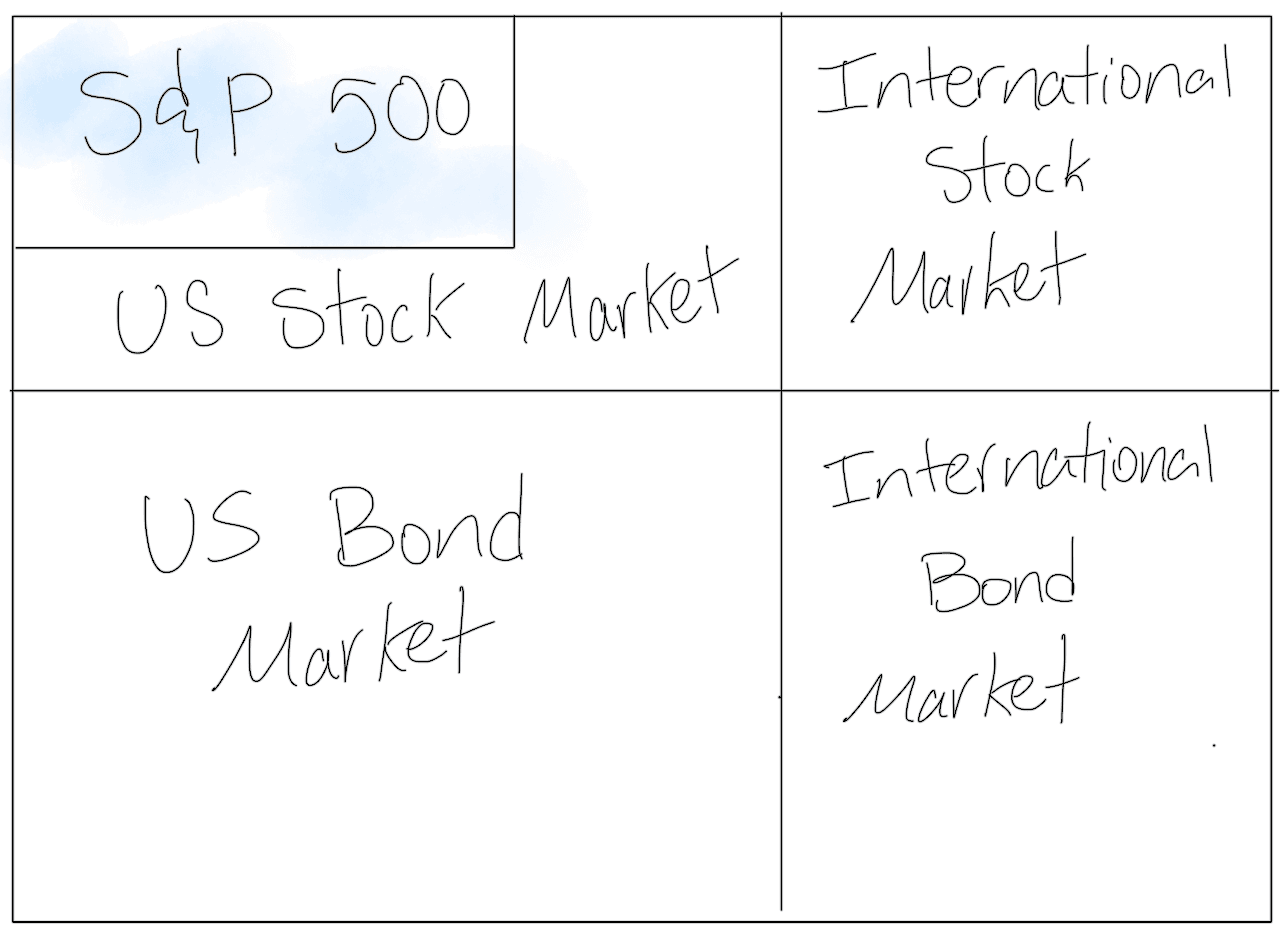Insights / Direct Indexing
Zachary Barton
04/21/2024

Welcome to the first of what I hope will be many blogs in the future. I intend to use this space to periodically highlight or give details about trends I see in the marketplace, answer frequently asked questions, or do a bit of education on topics I think clients and consumers should know more about. I'll try to keep the post short and sweet as I know no one likes to read overly wordy articles.
Today's topic is on Direct Indexing. Direct indexing is a continuation of the trend we’ve seen in recent years of moving more and more to investing via indexes. In traditional index investing, investors purchase a fund that represents an index. One of the most common is the S&P 500 index, which we will use as the example in this article. Instead of trying to beat the market by actively trading, the investor is simply trying to buy and hold a representation of the overall market. The benefit here is that it often appears simpler than active trading and can often be done at a lower cost thanks to low cost indexed mutual funds and exchange traded funds (ETFs).
Direct indexing takes this to the next level by cutting out the middleman of the mutual fund or ETF. This was previously not practical for anyone but very large investors such as institutions. Due to the rise in low and no cost trading along with the ability to purchase and trade fractional shares, this style of investing is coming into reach of smaller investors and their Financial Advisors. For an oversimplified example, an investor would go purchase every stock in the S&P 500 index in the same weight (or percentage) as the overall index instead of purchasing an S&P 500 index fund. The benefit of cutting out the cost of the middleman (i.e. mutual and exchange traded funds) may seem like the most obvious benefit. However, there can also be tax advantages to directly buying the individual securities.
However, there are very real practical issues with implementing a direct indexing investing strategy. For starters, it can be very time-consuming to place the number of trades necessarily to truly replicate an index fund. Not only does this take the individual away from their day job or personal life, but it also means that the prices will change as the investor places the trades. All stocks are not as liquid as the most common household names and therefore you may not be able to easily purchase each stock. You'll have the same issues when you go to sell your investments. As a result of these challenges, a growing trend is for the individual investor or their Financial Advisor to use something called a separately managed account or SMA which is a professional firm that either assists or places the trades for the investor or advisor. Using a SMA can still provide the tax advantages of Direct Indexing, but be cautious because some SMAs are actually more expensive than the index funds the seek to replace!
Another major problems with direct indexing is a continuation of the problems that also occur in index investing. Primarily nonprofessional investors will simply purchase something like an S&P 500 fund and assume they are done. While owning an index of 500 stocks may seem like diversification, it actually is not. All of those stocks are Large US companies and therefore highly correlated. That means they often go up and down together. An investor would miss out owning the other diversifying and less correlated asset classes (some of which are shown in Exhibit 1) of International stocks, Small and Mid Cap US stocks, both international and US bonds, Real Estate, and cash. A truly diversified portfolio would contain those different asset classes.
In summary, direct indexing can be a valid strategy, but it is not the silver bullet is is purported to be and many times is not appropriate for the individual investors it was supposed to originally help.
Exhibit 1. This is hand drawn and therefore not perfectly to scale.

Copyright ©2025 Barton Financial Group All Rights Reserved.
